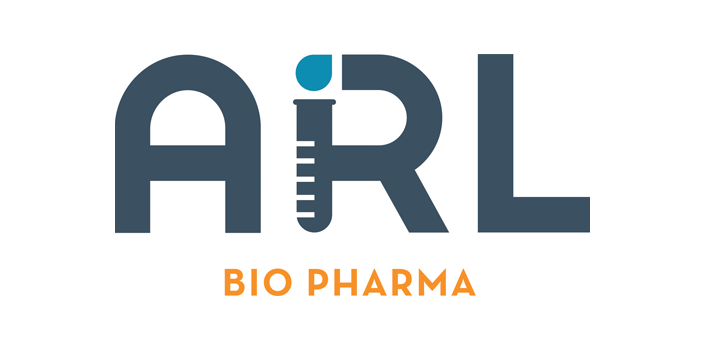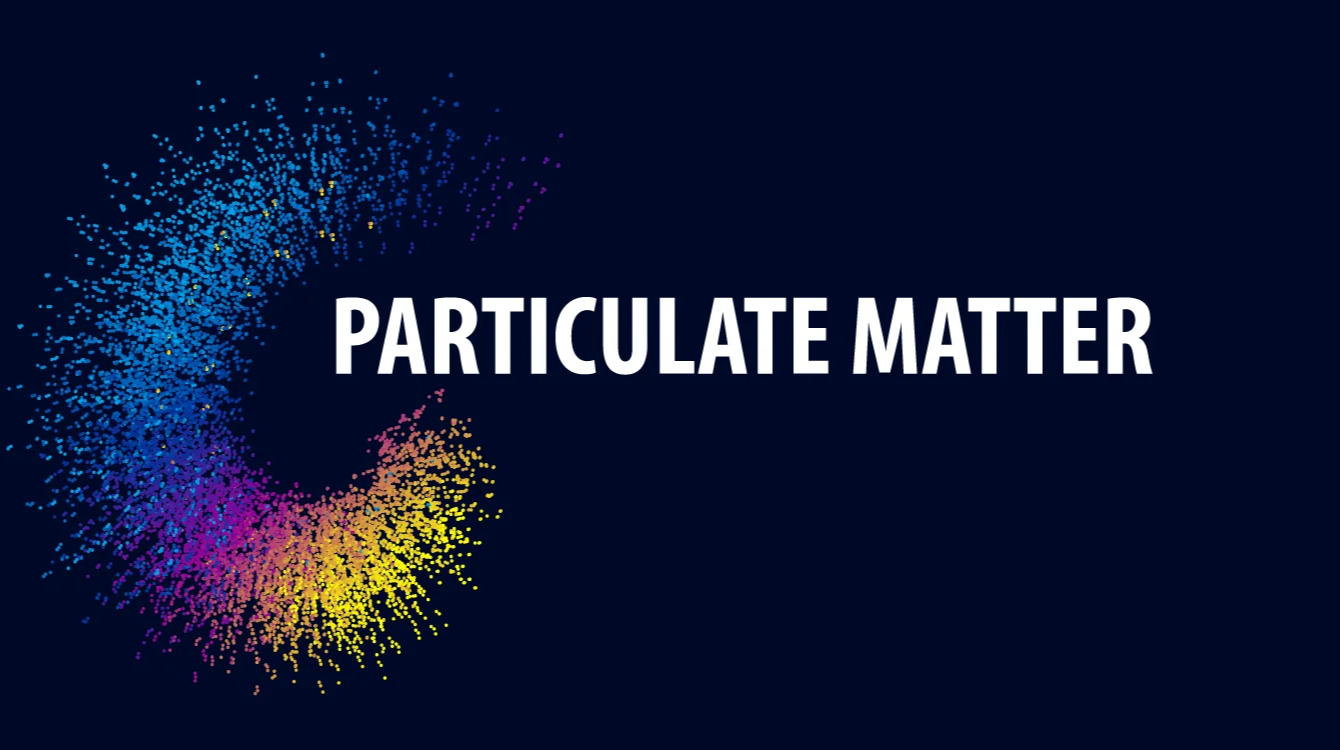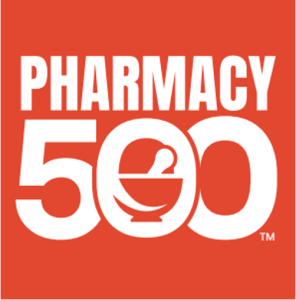USP <797> sets minimum standards for compounded sterile preparations to prevent exposure to particulate matter that may cause patient harm.
Particulate matter is the unwanted solid material in solutions for injection that can come from different sources. It’s important pharmacies identify the source so they can implement preventive measures to manage particulate matter throughout the product lifecycle.
Particulate matter comes from three sources:
• Intrinsic stems from the internal manufacturing process. This can be introduced in the drug formulation, packaging or container, and poor cleaning systems. Examples include glass from inside containers, stainless steel from container closure systems, or rubber from the stoppers.
• Extrinsic stems from the external production environment and human error. This can be introduced during improper gowning in a cleanroom and other external behavior. Examples include clothing, hair, metal, plastic, or paint that fall into sample containers.
• Inherent stems from a product’s characteristic that may contain a small level of unintended particulate matter, even after careful formulation
CSPs must pass a visual inspection at the completion of compounding and before release and dispensing. This assures its physical appearance is free from inappropriate visible particulates, foreign matter, discoloration, or other defects. The limit of visibility depends on the test conditions and the nature of the particulate matter. Particles larger than 100 µm are generally considered visible particles.
Subvisible particles are in the range of 2-100 µm. United States Pharmacopeia has three main chapters that describe testing methods and specifications for particulate matter:
• USP <787> Subvisible Particulate Matter in Therapeutic Protein Injections
• USP <788> Particulate Matter in Injections
• USP <789> Particulate Matter in Ophthalmic Solutions
If the Category 3 CSP is an injection or an ophthalmic solution, particulate matter testing is conducted once per formulation with acceptable results. The CSP passes particulate matter testing if unintended particulates in the dosage form do not exceed USP established limits.
For parenteral dosage forms where the nature of the contents or container-closure system permits only limited inspection of the total contents, USP <1> states the 100% inspection of the lot should be supplemented with the inspection of constituted (dried) or withdrawn (from a dark amber container) contents of a sample of containers from the lot for particulate matter testing.
Pharmacies must establish processes to monitor and mitigate potential sources of particulates in final products. By doing so, pharmacies not only ensure the quality of the products but also safeguard the health and well-being of the patients.
For more information on particulate matter testing, contact ARL at 800-393-1595 or info@arlok.com.
Resources:
• USP <1> Injections and Implanted Drug Products (Parenterals)—Product Quality Tests
• USP <787> Subvisible Particulate Matter in Therapeutic Protein Injections
• USP <788> Particulate Matter in Injections
• USP <789> Particulate Matter in Ophthalmic Solutions
• USP <797> Pharmaceutical Compounding—Sterile Preparations
• USP <1787> Measurement of Subvisible Particulate Matter in Therapeutic Protein Injections
• USP <1788> Methods for the Determination of Subvisible Particulate Matter
• FDA Inspection of Injectable Products for Visible Particulates Draft Guidance for Industry
REQUEST A QUOTE: https://www.arlok.com/request-quote








